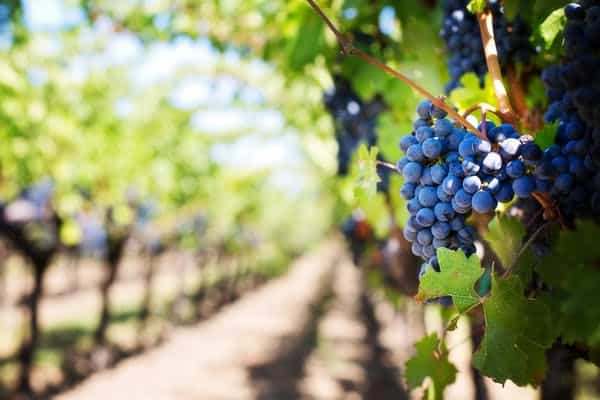Napa valley’s cult wine – the posh and popular Tusk – is a luxury brand of fine wine custom-made to fit a connoisseur’s lifestyle. The luxury categorisation of Tusk Wine, however, is not based on its price tag but rather on the opulent winemaking and brilliant marketing that goes behind the label.
Barely twelve years since its first vintage, the Tusk Estate in Oakville has established itself as one of the smallest yet finest boutique wineries in Napa Valley. Each year, it makes a single red wine – an exceptional Cabernet Sauvignon – and only 200-300 cases of it are produced to cater to Tusk’s select clientele.
The winemaking taps into the prime terroir of the Napa Valley hillside but brings a French approach to elevate it. This produces a singular wine that is complex yet approachable. It can be aged for decades (think extended barrel ageing) but can also be explored in the early years.
The people behind the phenomenon
The winery effort is headed by master winemaker and wine consultant Philippe Melka, who is co-proprietor along with Tim Martin and Michael Uytengsu. Tusk was founded in 2007 by Martin, a veteran food and wine marketer and Napa Valley entrepreneur who worked with Melka at Lail Vineyards. Uytengsu is a former investment banker and heir to his family’s international food business.
The three friends are at the centre of the private club that defines Tusk’s aspirational charm and boosts its popularity. To be a member, one has to be connected to one of the three owners by not more than two degrees. So, you have to be friends with either Melka, Martin, Uytengsu or one of their immediate friends to be allowed on the mailing list and into the estate’s hospitality villa. There is also a waiting list – said to be in years – for the mailing list! It goes without saying that if you are a member, you should be able to pay $1,100 per three-pack of wine.
Quality that justifies exclusivity
What sounds like a gimmick is working like a charm because of the exceptional quality of the wine. The deep complexity, rich texture, and exquisite aromas of fruits and herbs of Tusk Wine speak to the skill of the maker and the magic of the terroir. The grapes come from seven carefully selected vineyards in and around Napa, such as Oakville and Pritchard Hill. After harvesting, the clusters are sorted not once but twice to pick the finest grapes – for instance, during the making of the 2008 vintage, there was enough yield for 1,300 cases but only 150 were bottled.
The wine is aged for 30 months in new Frech Oak, producing a vintage that is of remarkable structure, balance and vibrancy. The fact that Tusk Wine vintages regularly score above 95 and close to 99 in tastings is a testament to the quality of this cult Cab Sauv.
Consider the 2017 vintage, a bold and structured product of a scorching season. While a bit on the younger side, the intense aromas of lavender, cassis, coffee, tobacco, ripe currant extract, spiced plum and candied orange rind make for a powerful drinking experience. The finish is smooth and satisfying and the wine gains from the mineral notes in its profile.
Premium packaging and luxury branding
The other aspect of the Tusk fine wine experience is its presentation and marketing. The brand is presented through the concept of tusk turning to ivory over thousands of years, from toughness to something delicate and exquisite. It also evokes the idea of luxury by association with ivory. The heavy bottle with etched lip, the linen-wrapped box packaging, and the letter-pressed labels cost about half the average price of a bottle of Tusk.
But while many other high-end Cabernets from Napa sell at considerably higher prices, Tusk isn’t out to compete with other expensive fine wines. Instead, it compares itself to other luxury brands like Hermès or Tiffany, cutting across product categories.
At the same time, Tusk Wine believes in giving back, that “If you do well, you have a social obligation to give back.” The owners donate 20 per cent of their production to non-profits, raising millions of dollars for charitable causes, earning goodwill and growing even more popular.

